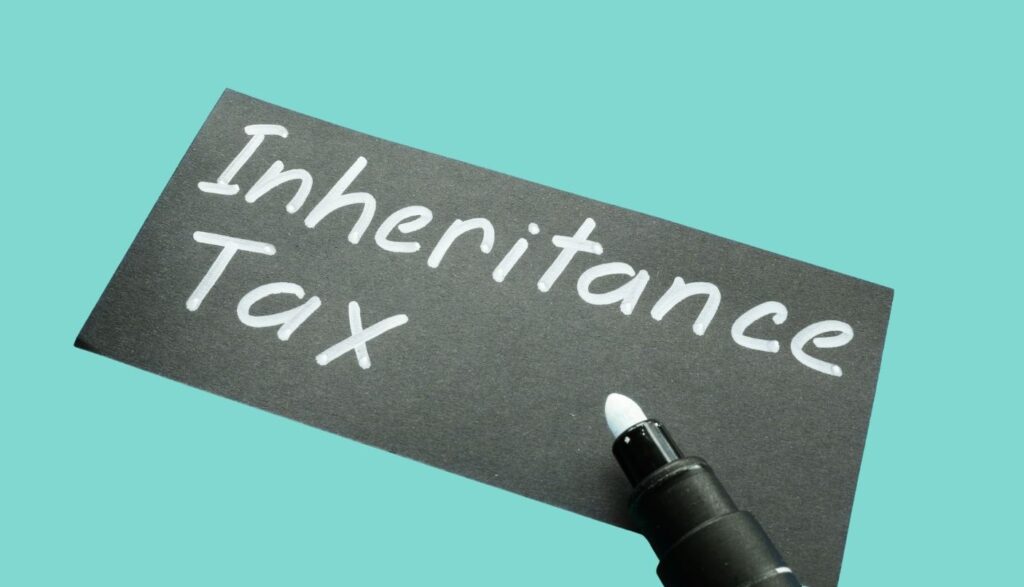Introduction
Part 1 of a six-part series on Inheritance Tax Planning (IHT) covers the foundational elements, including:
- What is Inheritance Tax
- When Inheritance Tax is payable
- Potentially Exempt Transfers (“PETs”) and the ‘7-year rule’
- Key gifting exemptions
What Is Inheritance Tax and How Does It Affect Individuals?
Inheritance Tax is levied when wealth is transferred after death, and in some cases during one’s lifetime, such as transfers into a trust (to be explored later in the series). The standard rate is 40% on the value of an estate above the tax-free allowances, and it is typically paid by the executors of the estate.
An individual’s estate comprises everything they own, minus debts (e.g. mortgages) and expenses like funeral costs. This includes:
- Residential property
- Savings and investments (e.g. shares, additional properties)
- Pensions (from 6 April 2027)
- Chattels*
- Worldwide assets
*Chattels refer to personal possessions such as cars, watches, jewellery, and art, which must be valued at market rate at the date of death.
For high-earning professionals, rising property values and accumulated wealth often push estates beyond the tax-free thresholds, making IHT a critical component of financial planning.
When Is Inheritance Tax Payable?
Inheritance Tax must be settled within six months after the end of the month in which death occurs. It may also apply to certain gifts made within seven years prior to death or to assets placed into specific types of trusts during one’s lifetime.
Key Thresholds and Allowances
- Nil Rate Band (NRB): £325,000 per person, tax-free.
- Residence Nil Rate Band (RNRB): Up to £175,000 per person when leaving a main residence to direct descendants (children, stepchildren, adopted or foster children, or grandchildren).
- Spousal Exemption: Assets left to a UK-domiciled spouse or civil partner are exempt from IHT.
- Transferable Allowances: Unused NRB and RNRB can be transferred to a surviving spouse, potentially offering up to £1 million in combined allowances (see example below).
Important Note: HMRC does not recognise long-term partners or religious marriages (e.g. Shariah marriages) as legally valid for IHT purposes, meaning the spousal exemption does not apply in these cases.
For estates exceeding £2 million, the RNRB is reduced by £1 for every £2 above the threshold. This tapering effect means the RNRB is completely lost at £2.35 million for individuals and £2.7 million for couples, substantially increasing the IHT liability.
Example
Dr. Jenkins Married with an estate of £1.3 million, Dr. Jenkins can pass everything to his spouse IHT-free under the spousal exemption. His unused NRB and RNRB are transferable. Upon his spouse’s death, the combined allowances cover £1 million, leaving £300,000 taxable at 40% (£120,000), payable within six months. Without strategic planning, beneficiaries may need to sell assets to cover the tax, especially if wealth is tied up in property.
Dr. Patel Married with a £2.5 million estate held in his personal name, Dr. Patel exceeds the £2 million taper threshold, eliminating the RNRB. If he leaves everything to his spouse, it passes IHT-free, but no RNRB is transferable. Upon her death, only the combined £650,000 NRBs apply, leaving £1.85 million taxable at 40%, resulting in a £740,000 IHT bill. This example underscores how crossing the taper threshold can dramatically increase tax liability without proper planning.
What Are Potentially Exempt Transfers?
A Potentially Exempt Transfer (PET) is a lifetime gift, such as cash, property, or investments, from one individual to another. If the donor survives for seven years, the gift becomes entirely exempt from IHT. There is no cap on the amount gifted and if the donor dies within three years, the gift is taxed at 40% (subject to the NRB). If death occurs between three and seven years, taper relief gradually reduces the tax rate.
Key Gifting Exemptions
Individuals can reduce their estate using the following exemptions:
- Annual Gift Exemption: £3,000 per person per tax year (can carry forward one year), or £6,000 per couple.
- Gifts in consideration of marriage or civil partnership: Between £1,000 to £5,000 per recipient.
- Small Gifts: Up to £250 per recipient per year (cannot be combined with the £3,000 exemption).
- Regular Gifts from Surplus Income: Immediately exempt if HMRC conditions are met (explored in Part 2).
- Charitable Donations: 100% exempt. If 10% of the estate is donated to charity upon death, the remaining estate is taxed at 36% instead of 40%.
Coming Up in Part 2
Part 2 will explore simple inheritance tax mitigation strategies, including:
- Gifts from surplus income
- Gifting property during one’s lifetime
- Transferring investment properties into a company
If you would like to see how AMS can help, please click here for a 30 minute complementary conversation.




